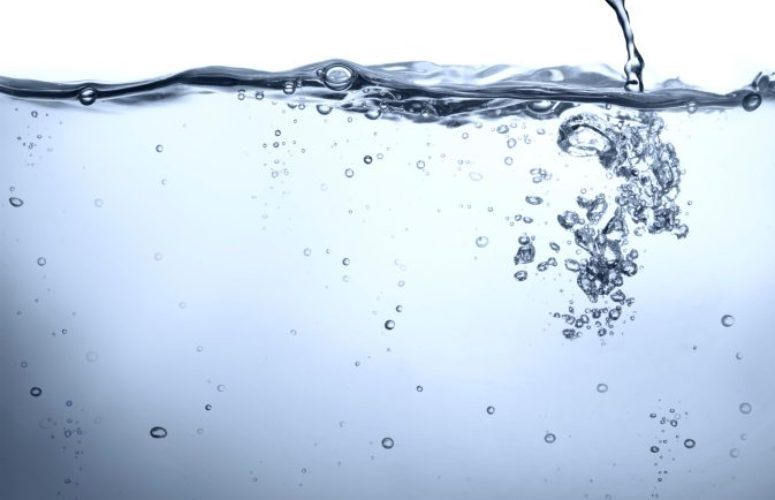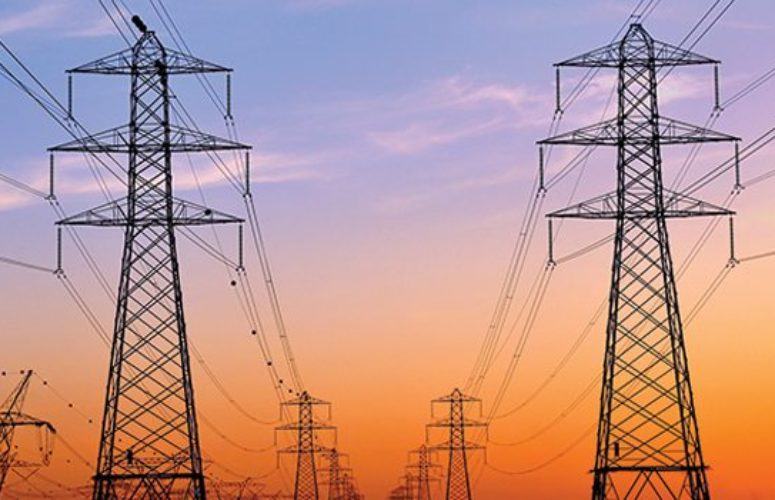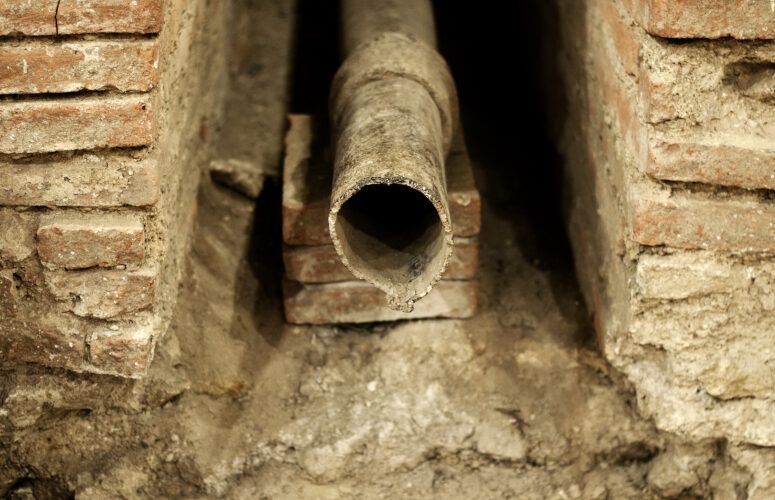
A Million Dollars a Day: New Jersey American Water’s Infrastructure Upgrade Map Details 2017 System Investments
On Jul 18, 2017Showing its commitment to invest approximately $350 million in 2017 – nearly $1 million a day – in needed system improvements, New Jersey American Water has published an interactive Infrastructure Upgrade Map on its website to share details about its pipeline renewal projects. The map is located at www.newjerseyamwater.com under Water Quality, System Updates.
“This innovative, interactive map highlights our projects and provides details that customers can access from their computer or smartphone.”
The user-friendly Infrastructure Upgrade Map allows customers to view details about the company’s water and wastewater pipe renewal or replacement projects across its 190 service areas in the state. The map features summaries of pipe upgrades across the state, total dollars invested and length of pipe being installed. By clicking on individual projects, users can see specific project details and “zoom in” to view the street level details of projects in their town or county.
“Oftentimes customers do not see their water bills at work because we may not be upgrading infrastructure in their neighborhood, and also because underground water and wastewater pipes are typically considered out of sight, out of mind,” said New Jersey American Water President Robert MacLean. “This innovative, interactive map highlights our projects and provides details that customers can access from their computer or smartphone.”
New Jersey American Water invests approximately $350 million annually to maintain and upgrade its water and wastewater systems to help ensure reliable service to customers. At the same time, the cost of tap water remains an exceptional value at less than a penny per gallon.
“One of the biggest challenges the country is facing is the nation’s water and wastewater infrastructure is aging and needs to be repaired or replaced,” MacLean said. “Our engineering and operations teams work closely with local communities to identify problem areas, which helps us plan where and when to proactively replace and upgrade our infrastructure. For customers, it means improved water quality, service reliability and fire protection. And our ability to time these projects with municipal or county road work benefits everyone too, saving money and time and reducing inconvenience to residents.”
Related Articles:





